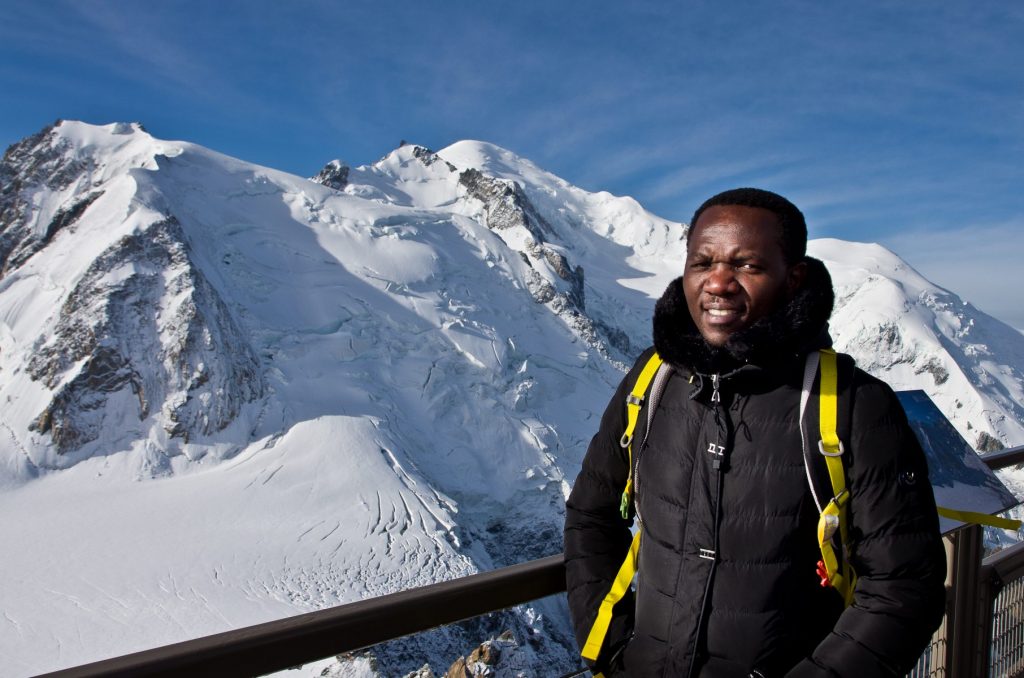Research interests
The age determination of geological and archeological events is critical for understanding past climate and environmental changes, landscape evolution, and human evolution and dispersal. This understanding is important for future predictions of climate, environmental changes and resource planning.

Luminescence dating is an interdisciplinary research field based on solid state physics, radiation physics, and Earth and archaeological sciences; all these areas have contributed to the development of the technique. Despite its extensive use, there are continuous attempts from laboratories across the world to further improve the technique for wider application. Some of the active research areas are, use of luminescence as a sediment tracer and provenance tool, extending the age range to cover the full Quaternary, investigating the feasibility of luminescence method to shed the light on the formation age of Quaternary rocks.
My current research focuses on using the luminescence signals of the feldspar and quartz for provenance analysis, and modelling charge build up in thermally and optically dynamic environments to constrain the temporal variation of Earth`s surface temperature (palaeothermometry) with the last few tens of thousands of years. I am currently working on reconstructing latitudinal and altitudinal temperature gradients from the Last Glacial Maximum to the Present. We will apply this method to a range of different study areas reaching from the equator (Ruwenzori Mountains, Uganda) to high latitudes (Norway) to establish how the meridional surface air temperature evolved through time. Additionally, we will investigate two altitudinal transects (~1000–4000 m) in the inner tropics (Ruwenzori Mountains) and mid-latitudes (Mt Blanc) to capture past changes in the adiabatic lapse rate
Bibliograph
I obtained a B.Sc. (Hon) in Applied physics (Material Science option), from the former Kigali Institute of Science and Technology (KIST), now College of Science and Technology, University of Rwanda. I moved to Rhodes University, South Africa for a master’s degree in experimental solid-state physics with an emphasis on the physics of luminescence, which I completed in 2014. The aim of master project was to study the mechanisms of thermoluminescence (TL), Phototranssferred thermoluminescence (PTTL) and radioluminescence (RL) in synthetic quartz and to discuss the results in terms of physical characteristics of point defects involved. In 2018 I started my Ph.D. in Geosciences at the University of São Paulo, Brazil, which I completed in 2022. My PhD project focused on the characterization of luminescence signals and the application of Radiofluorescenece for provenance analysis, as well as extending the luminescence dating range using Violet Stimulated Luminescence.
List of publications
- Niyonzima, P., Oehler, S., King, G.E., Schmidt, C. 2024. Investigating thermoluminescence signal saturation in quartz and feldspar using emission spectrometry. Radiation Measurements 177, 107262, doi: https://doi.org/10.1016/j.radmeas.2024.107262
- P. Niyonzima, A. O. Sawakuchi, M. Jain, R. Kumar. 2020. Radiofluorescence of quartz from rocks and sediments and its correlation with thermoluminescence and optically stimulated luminescence sensitivities. Ancient TL, Vol. 38, No. 1, 2020.
- Niyonzima, P., Sawakuchi, A.O., Bertassoli Jr., D.J., Pupim, F.N., Porat,N., Freire, M.P., Góes, A.M., Rodrigues, F.C.G., 2022. Luminescence dating of quartz from ironstones of the Xingu River, Eastern Amazonia, Quaternary Geochronology, 67, 101241: doi: https://doi.org/10.1016/j.quageo.2021.101241.
- M.L.Chithambo, P.Niyonzima: On isothermal heating as a method of separating closely collocated thermoluminescence peaks for kinetic analysis. Journal of Luminescence 155(2014) 70-78.
- M.L.Chithambo, P. Niyonzima. Radioluminescence of annealed Synthetic quartz. Radiation Measurement 106 (2017)35-39.
- M.L. Chithambo, P. Niyonzima, J.M. Kalita. Phototransferred thermoluminescence of synthetic quartz: Analysis of illumination-time response curves. Journal of Luminescence 198 (2018) 146–154.
- Rodrigues FCG., Porat N, Mineli TD, Del Río I, Niyonzima P, Nogueira L, Pupim FN, Silva CG, Baker P, Fritz S, Wahnfried I, Kiefer G, Sawakuchi A O. Extended-Range Luminescence Dating of Central and Eastern Amazonia Sandy Terrains. Front. Earth Sci. 10:888443. doi: 10.3389/feart.2022.888443.
Contact
Pontien Niyonzima
University of Lausanne
Institute of Earth Surface Dynamics
Géopolis, office 4413
1015 Lausanne, Switzerland
pontien.niyonzima@unil.ch
